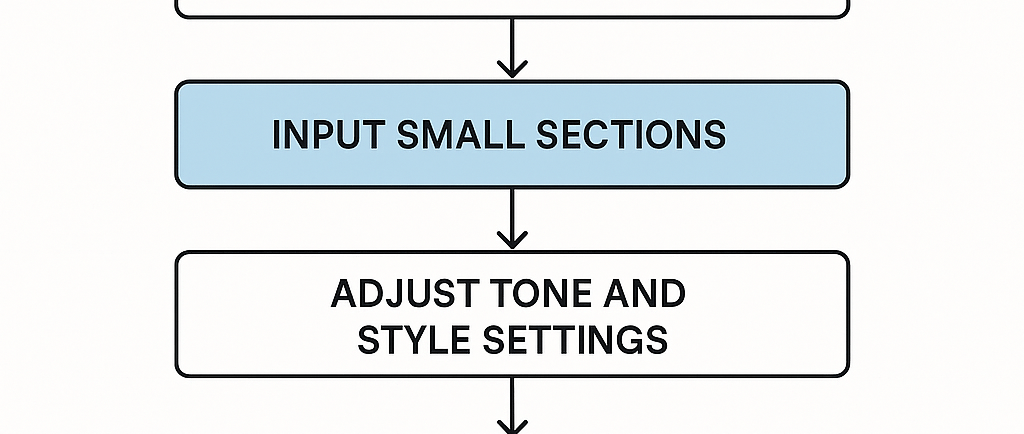How to Use AI for Paraphrasing Academic Notes


In today’s fast-paced academic world, students and researchers often need to rewrite large amounts of information without losing the original meaning. Whether it’s for creating study guides, preparing essays, or avoiding plagiarism, paraphrasing is an essential skill. Thanks to advances in technology, AI tools now make paraphrasing faster, more accurate, and easier than ever. Here’s a guide on how to use AI effectively for paraphrasing your academic notes.
Why Use AI for Paraphrasing?
AI-powered paraphrasing tools can:
Save time by quickly rewriting content.
Improve clarity by simplifying complex language.
Enhance learning by presenting ideas in different ways.
Maintain originality and help avoid unintentional plagiarism.
Support multiple styles (formal, academic, casual, etc.).
When used wisely, these tools can be a valuable partner in academic work.
Step-by-Step Guide to Using AI for Paraphrasing Academic Notes
1. Choose a Reliable AI Tool
Select a trusted AI paraphrasing tool. Some popular options include:
QuillBot
Grammarly’s Rewriting feature
Wordtune
ChatGPT-based paraphrasing bots
Look for features like academic tone, custom rewriting levels (light or heavy), and plagiarism checking.
2. Understand Your Original Notes
Before paraphrasing, read your notes carefully. Make sure you fully understand the concepts. AI can reword text, but if the input is unclear or incorrect, the output will be too.
Tip: Highlight the key ideas you want to preserve.
3. Input Small Sections
Instead of pasting large blocks of text, input your notes in smaller paragraphs (3–5 sentences at a time). This ensures better quality and keeps the meaning accurate.
Example:
Original notes:
“Photosynthesis is the process by which green plants and some other organisms use sunlight to synthesize foods with the help of chlorophyll.”
AI paraphrased:
“Green plants and certain organisms produce food by using sunlight and chlorophyll, a process known as photosynthesis.”
4. Adjust Tone and Style Settings
Most AI tools allow you to adjust the output tone. For academic writing:
Choose formal or academic tone.
Avoid settings like casual or creative unless you’re summarising for personal study.
Some tools even offer advanced settings like “shorten,” “expand,” or “improve fluency,” which you can use depending on your needs.
5. Review and Edit the Output
AI is powerful but not perfect. Always:
Double-check for accuracy.
Ensure technical terms are not changed incorrectly.
Verify that citations and factual information remain intact.
Adjust sentence structures if needed to better match your writing style.
6. Use Proper Citations When Needed
If your notes are based on external sources (e.g., textbooks, articles), remember that paraphrasing does not remove the need to cite sources. AI helps with rewording, but academic honesty requires giving credit.
7. Practice Ethical AI Use
Using AI to paraphrase is helpful, but over-relying on it without understanding the material can hurt your learning. Use AI as a tool to assist, not to replace your critical thinking and writing skills.
Final Thoughts
AI-powered paraphrasing can be a game-changer for students and academics, helping transform rough notes into polished text quickly and efficiently. However, always prioritize understanding over speed, and remember to edit, verify, and cite appropriately. By combining AI tools with good academic habits, you can enhance both the quality and originality of your work.
